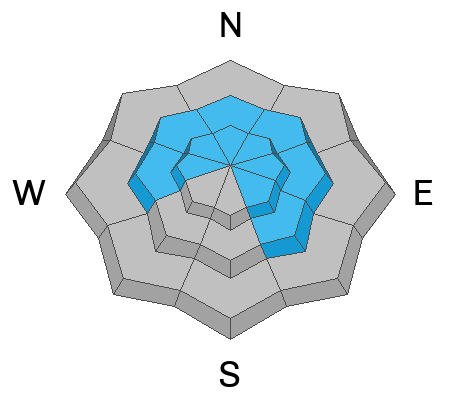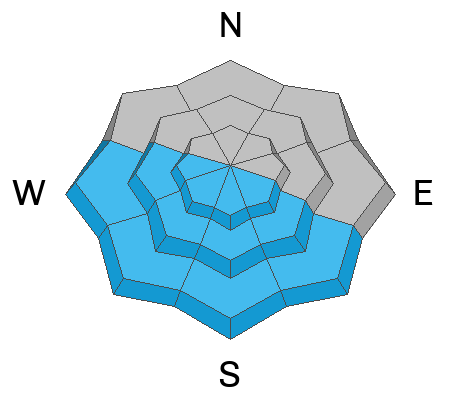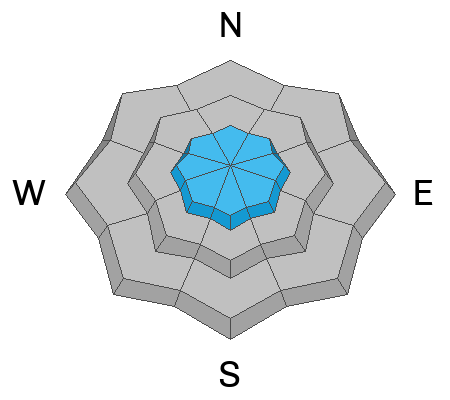Forecast for the Ogden Area Mountains

Issued by Dave Kelly on
Monday morning, February 12, 2024
Monday morning, February 12, 2024
Today the avalanche danger is MODERATE for the Ogden area mountains at mid and high elevations in terrain steeper than 30 ° and LOW in the lowest elevation terrain. Slab avalanches may fail in a persistent weak layer up to 3'- 5' deep in isolated rocky terrain features.
Warmer temperatures today may lead to wet-loose avalanches on lower elevation sunny slopes.
Avoid wind-drifted snow along the highest ridgelines.
Avoid wind-drifted snow along the highest ridgelines.

Low
Moderate
Considerable
High
Extreme
Learn how to read the forecast here









